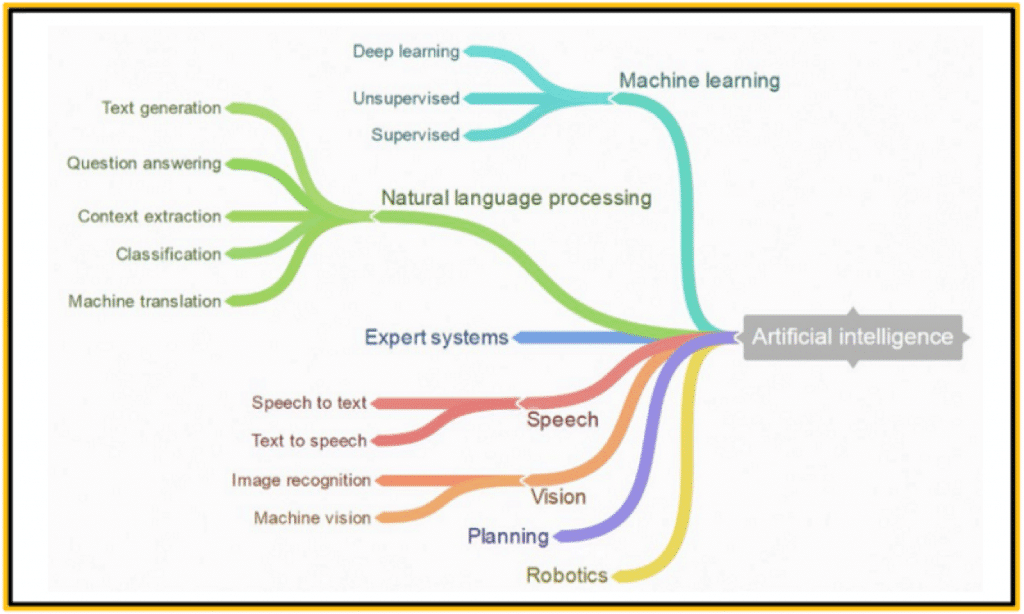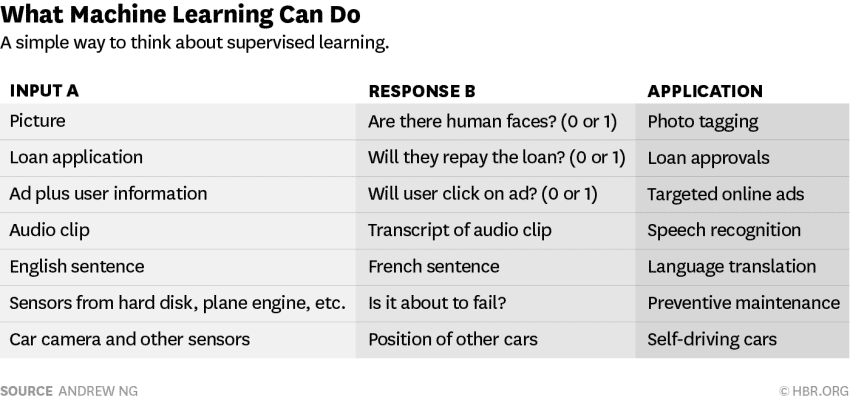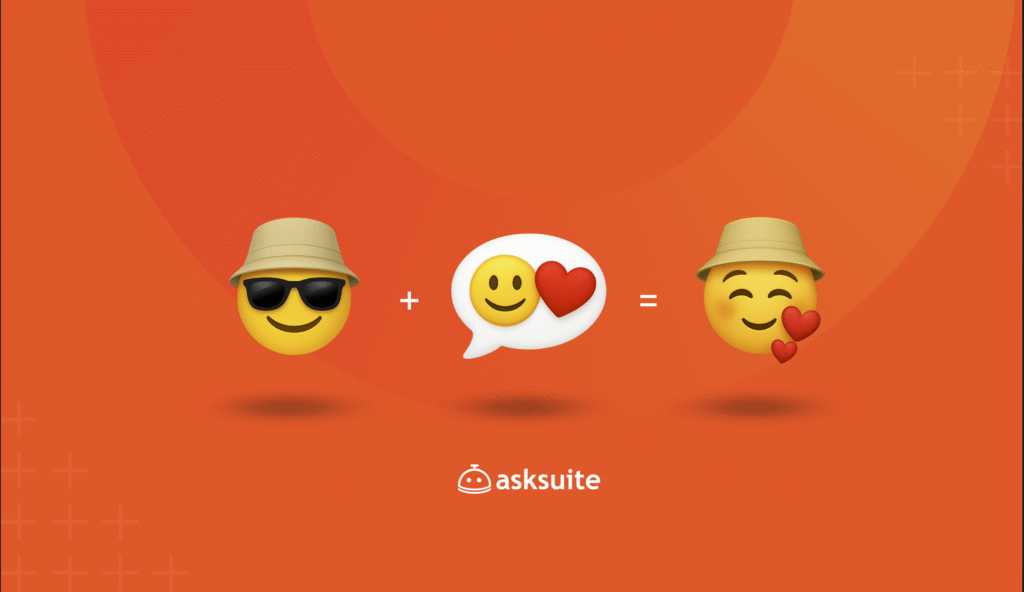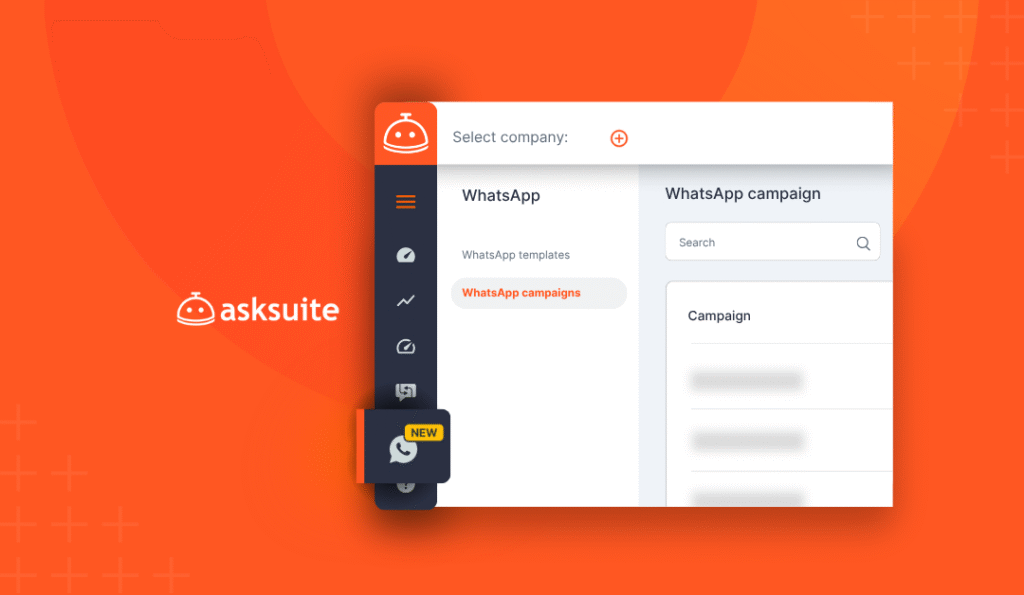Have you ever wondered what is the technology behind a chatbot, a concierge robot or a virtual assistant? What does exactly mean when a company states that its robot is powered by Artificial Intelligence? To understand what is going on in the backstage that enables a robot to answer a simple question, we must first understand the definition of Artificial Intelligence. In this post, we will discuss two areas where the AI can be applied: Natural Language Processing (NLP) and Machine Learning.
How does Artificial Intelligence work?

A scene from the movie “The imitation game”. In this image, Turing, played by Benedict Cumberbatch, is next to the machine that he built to decode the Nazi radio transmissions during the Second World War.
In a nutshell, Artificial Intelligence aims to imitate human behavior and mind. Its differential is the much superior ability to processing. What usually takes a few minutes for us to do, the software can be programmed to do in a few seconds. One of the biggest names of AI is Alan Turing. You might recognize his name from the famous test under the same name (that evaluates the capacity of a machine to operate as a human) or from the movie “The Imitation Game” (2014). Turing created, during the Second World War, a machine that could test all possible combinations to decrypt Nazi radio transmissions.
“Artificial Intelligence is the science and the engineer in creating intelligent machines, especially intelligent computer programs” – John McCarthy
In practice, AI is present in many areas of study. Francesco Marconi, chief of Development and research of the Wall Street Journal, made this graphic that shows the different ways Artificial Intelligence is applied: It can be a customer service chatbot with advanced Natural Language Processing (NLP) or an automated check-in with facial recognition based on machine learning. Let us explain which areas of study are and how they can be applied in hotel software and products.
It can be a customer service chatbot with advanced Natural Language Processing (NLP) or an automated check-in with facial recognition based on machine learning. Let us explain which areas of study are and how they can be applied in hotel software and products.
Simplified Machine Learning
Machine learning (ML) is the area of study within Computer Science. Often mistaken for Artificial Intelligence, the key differential of machine learning is that the machine can learn “on its own”. In the words of Tom Mitchell, former president of the ML Department of Carnegie Mellon University, it is a series of algorithms that allow computer programs to improve automatically through experience.
Still, the concept is quite controversial. While some programmers don’t consider machine learning Artificial Intelligence, others understand that is a way to reach it. In the last case, specialists divide ML into three kinds of learning: supervised, non-supervised, and “deep learning”. Others consider deep learning a subarea of machine learning. In these cases, the third kind of ML is reinforcement learning.
In the article “ What Artificial Intelligence Can and Can’t Do Right Now”, Andrew NG explains how the most common form of ML is used, supervised learning. For a program to be able to identify a human face in a picture, it’s necessary that it passes through a trial period. We know how a face looks like because we’ve seen hundreds of thousands of people during our lives. For a machine, it is the same process. The main difference is that, after some time, you don’t need to continue training your machine.
For a program to be able to identify a human face in a picture, it’s necessary that it passes through a trial period. We know how a face looks like because we’ve seen hundreds of thousands of people during our lives. For a machine, it is the same process. The main difference is that, after some time, you don’t need to continue training your machine.
In other words, it will be able to identify by itself which pictures have a human face or not according to what it has learned through experience. In fact, rarely the machine can learn something totally by itself. This kind of algorithm is widely used in platforms such as Netflix and Spotify when they suggest music or movies based on what you have already listened to or watched.
Natural Language Processing (NLP): practical application
Another area of study within Artificial Intelligence is Natural Language Processing (NLP). In a nutshell, it’s the capacity of a program to understand and build sentences. In practice, the NLP is behind the:
- relevant results from Google;
- automatic translations;
- spam filter;
- automatic correction;
- conversational robots.
And there are many more applications. Behind these technologies, a team of experts in NLP needs to break the lexical structure of a sentence so it can be understood by a machine. There is a series of pre-processing, like the removal of punctuation, special characters, the transformation of capitals letter into lower case letters, and stemming.
Stemming refers is the process of reducing inflected words to their word stem, base, or root form. In other words. It’s a way to simplify words and vocabulary to extract its abstract meaning. A robot, in the early stages, is like a child. You have to monitor it through all the alphabetization until it gets to the point where it can understand the following interaction:
Artificial Intelligence for hotels
Artificial Intelligence can be applied in several sectors: engineering, education, communication, medicine. It might have different purposes: optimization of processes through tasks automation, integration of facial and voice recognition systems, analysis of prices, weather, or even behavior.
AI has developed so much over the past years that not it does faster what humans can do, but also it has started to make strategic decisions. For example, a practical application for the hotel industry is the AI chatbots, which have evolved a lot in terms of understanding Natural Language.
Besides answering questions in a matter of a few seconds, a chatbot can also suggest close available dates in case there is no availability in the period of time requested by a traveler. The chatbot can also compare rates to show the traveler that the best price is through direct booking. It is also common to see AI been applied to suggest themes and results that are relevant for the user research on the web, like in Google Search. Aside from service robots, Artificial Intelligence is also present in hotel management systems. When a Revenue Management System (RMS) does an analysis of the prices, the AI is behind this software processing a big volume of data. A big part of the technology trends in the hotel industry has AI at its core. For instance, hotel virtual assistants, like Alexa, can recognize the voice and give suggestions for the guest.
Aside from service robots, Artificial Intelligence is also present in hotel management systems. When a Revenue Management System (RMS) does an analysis of the prices, the AI is behind this software processing a big volume of data. A big part of the technology trends in the hotel industry has AI at its core. For instance, hotel virtual assistants, like Alexa, can recognize the voice and give suggestions for the guest.





